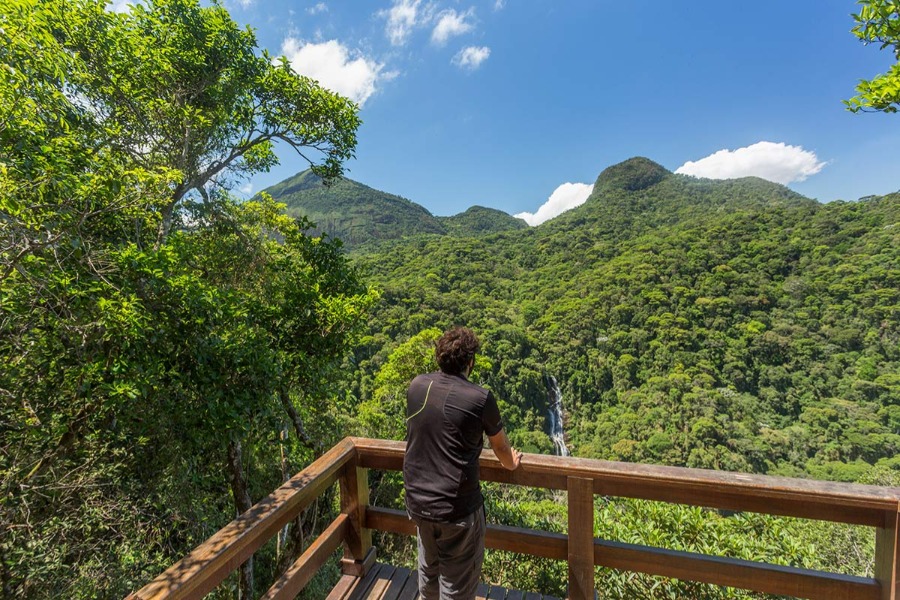
Tijuca National Park
02-06-2020
Forest of the Tijuca National Park of Rio de Janeiro
More than 150 years ago, began one of the first large-scale reforestations in the world. Over thirteen years, more than 220 thousand typical seedlings of the Atlantic Forest were planted in what is now the forest of the Tijuca National Park of Rio de Janeiro, in fact one of the largest, most beautiful and most visited urban forests in the world. In its enclave of 3,953 hectares in the middle of the city, the Tijuca forest is home to the famous Corcovado dominated by the statue of Christ the Redeemer. In the early 19th century, around 1820, it experienced brutal devastation, giving way to the intensive plantation of coffee. The coffee, protagonist of the economic cycle of the same name, was the main export product of imperial Brazil, generating considerable profits for the powerful “Coffee Barons”. An acute water supply crisis in the city followed the deforestation of the Tijuca massif, forcing the expropriation of the farms to give way to reforestation and ensure the protection of the Carioca river basins.
Tourists who plan to visit Rio de Janeiro and wish to enjoy a lot of nature in the heart of the city can stay at the Casa São Conrado Guest House surrounded by the Tijuca Forest. There, guests are fascinated by the flight of herons attracted by a mountain creek behind the house and by the acrobatics of monkeys jumping from tree to tree over 20 meters high. The Forest is full of trails, waterfalls, fountains, lakes and exotic plants. In addition to Christ the Redeemer, postcard of the Marvelous City, the Tijuca Forest offers several other famous tourist spots:
- Parque Lage waterfall
- Corcovado
- Cantagalo Farm
- Lake of the Fairies
- Horto viewpoint
- Dona Marta viewpoint
- Paineiras
- Beautiful stone
- Pedra da Gávea
- Chinese view
Photo: Anderson Ribeiro / Trilha Transcarioca